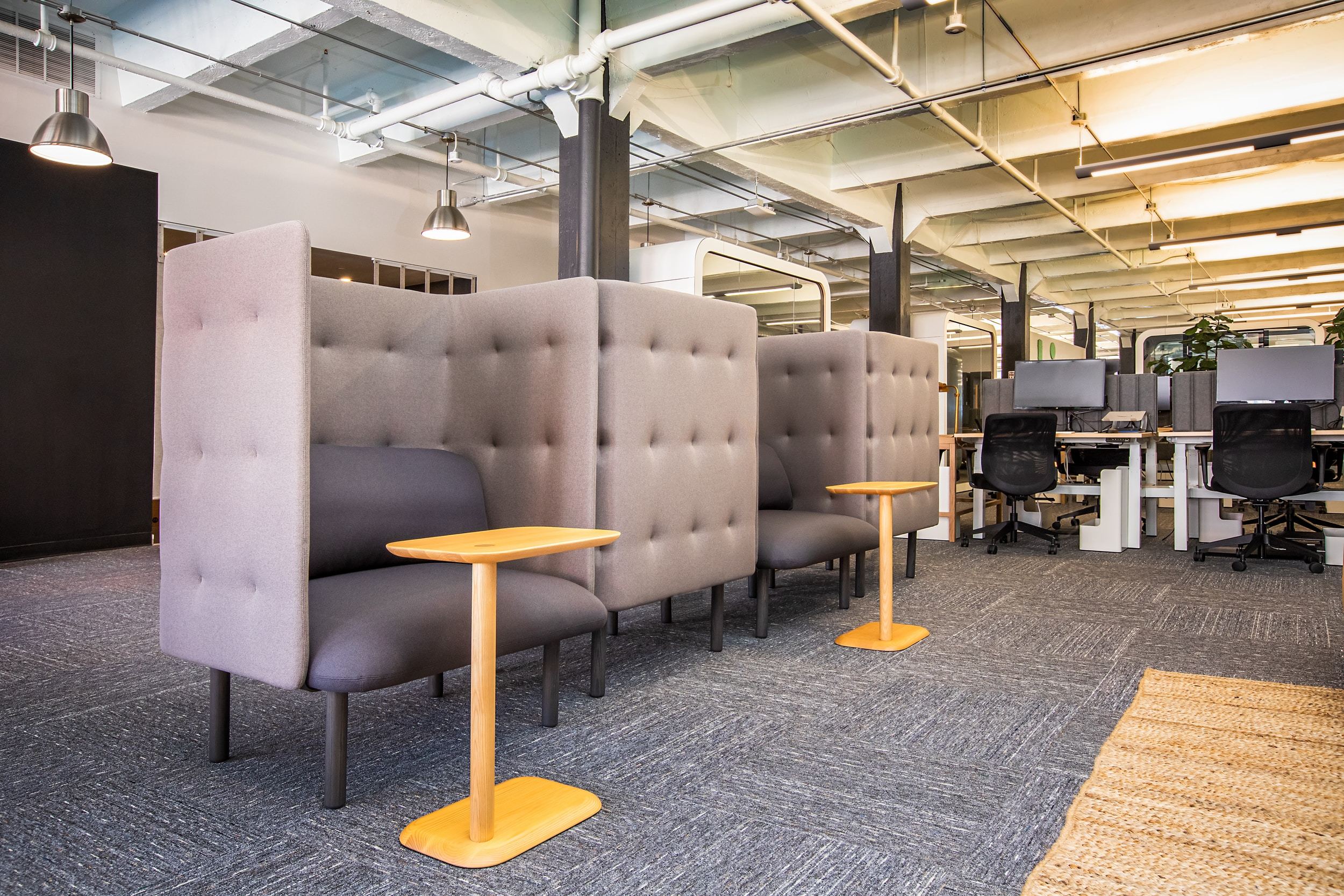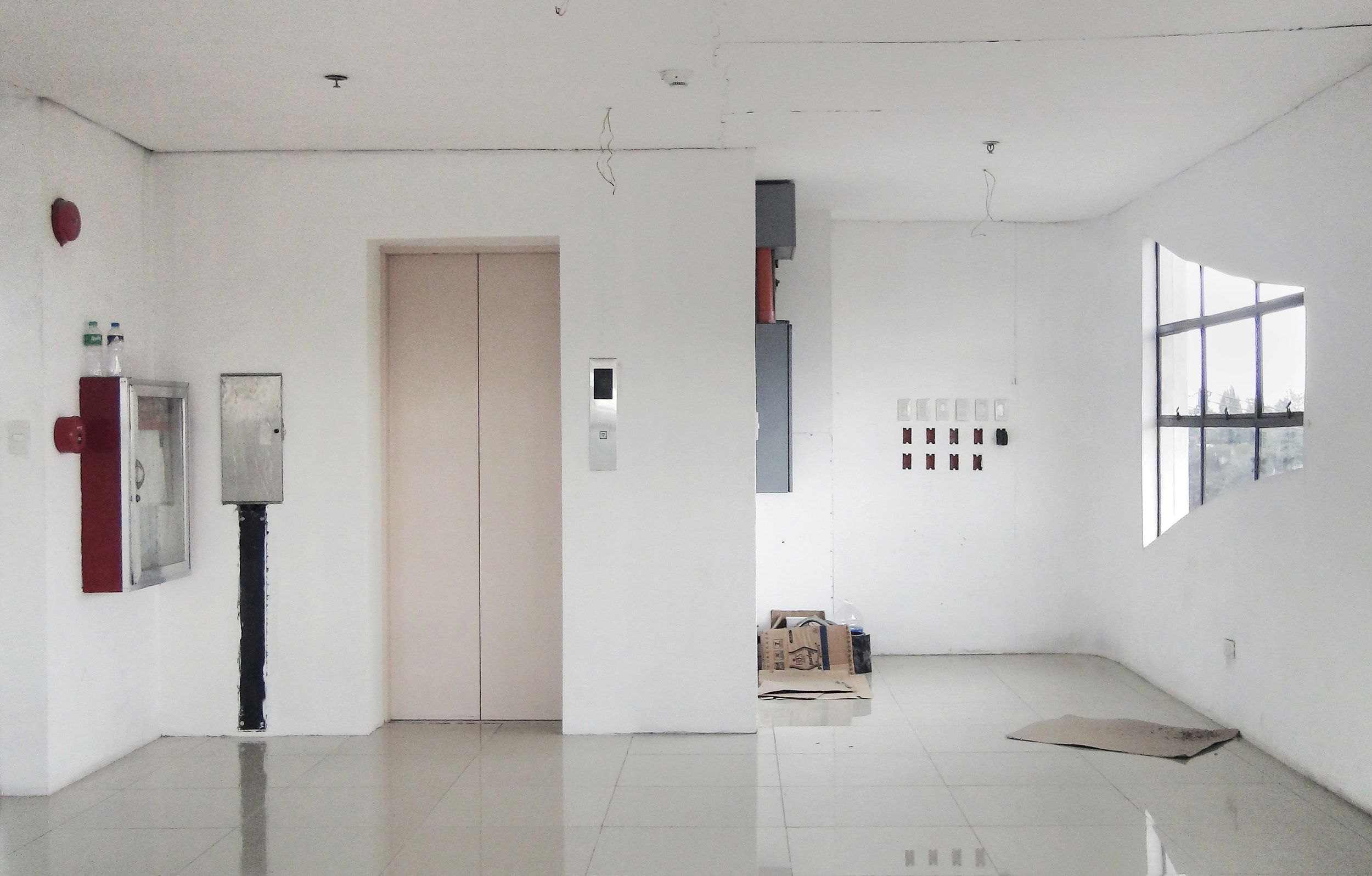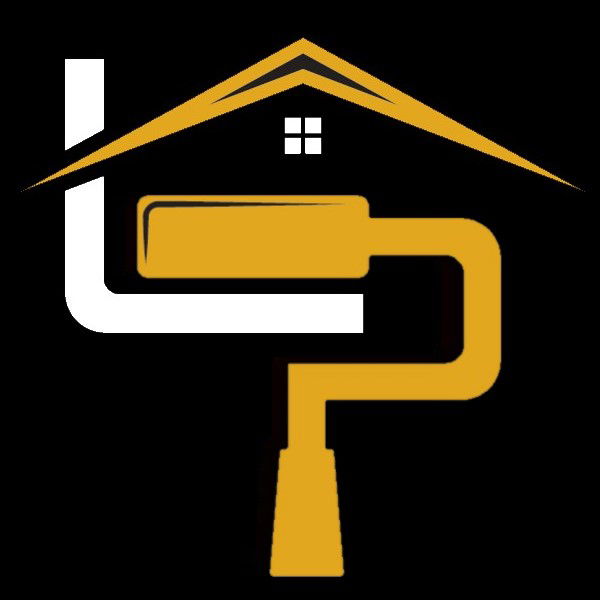Navigating Commercial Painting Projects

Key Features:
- Scope and Environment: Commercial painting projects cover diverse environments, such as offices, retail spaces, and industrial facilities, each with unique requirements.
- Stakeholder Involvement: Multiple stakeholders like business owners, facility managers, and corporate officers typically influence these projects, reflecting their varied interests and standards.
- Regulatory Compliance: These projects must adhere to stringent regulatory standards including health, safety, and environmental protocols specific to each industry.
Commercial Painting
Commercial painting is a vital aspect of both business branding and maintenance, serving as a key element in presenting a professional image to clients and the public. Unlike residential painting, commercial projects require a different approach due to their scale, the types of facilities involved, and the implications for business operations.
Distinctive Factors of Commercial Painting
Commercial painting projects are distinct from residential due to several key factors:
- Scope and Environment: Commercial projects often encompass a wide range of environments, from sleek office buildings and bustling retail spaces to large industrial complexes.
- Stakeholder Involvement: These projects typically involve multiple stakeholders, including business owners, facility managers, and corporate officers, all of whom may have input on the project.
- Regulatory Requirements: Commercial painting often must comply with stricter regulatory standards, including health, safety, and environmental regulations that vary by industry.
Understanding Commercial Painting
Gaining a clear understanding of commercial painting is essential for businesses looking to undertake such a project. Here's what encompasses commercial painting:
Definition and Scope
- What Constitutes Commercial Painting: Commercial painting refers to painting projects undertaken in non-residential settings. It is primarily focused on enhancing the functionality and aesthetics of business properties.
- Types of Properties: This can include a diverse array of buildings and facilities such as:
- Office Buildings: Where the focus might be on creating a welcoming and productive environment.
- Retail Spaces: Where the aesthetics are crucial to attracting and retaining customers.
- Industrial Facilities: Where durability and adherence to safety standards are prioritized.
Project Scale and Complexity
- Larger Scale: Commercial projects are typically larger in scale than residential projects. They can include extensive exterior and interior spaces which require substantial manpower and significant amounts of materials.
- Increased Complexity: The complexity of commercial painting projects is heightened by factors such as:
- Operational Constraints: Painting must often be done without disrupting business operations, requiring careful scheduling and sometimes after-hours work.
- Specialized Coatings: Different commercial environments may require specialized coatings, such as epoxy for a factory floor or antimicrobial coatings for hospitals.
- High-Durability Requirements: Commercial spaces often require paints and coatings that can withstand heavy wear and tear.
These elements make commercial painting a specialized field that demands experienced professionals who can navigate the complexities of large-scale projects while adhering to strict timelines and regulatory standards.

Key Considerations in Commercial Painting
When embarking on a commercial painting project, it's essential to consider several factors that directly impact the outcome and effectiveness of your investment. These considerations ensure that the project aligns with your business objectives, from branding to environmental durability.
Color Selection
- Branding and Image: The colors chosen for a commercial space are integral to the company’s branding. They should reflect the business's identity and ethos. For example, a company that wants to convey professionalism might choose muted, neutral tones, while a business aiming for a youthful, energetic vibe might opt for brighter colors.
- Psychological Impact: Colors significantly affect people's moods and behaviors, making this a critical consideration in commercial settings. For instance, blue can invoke a sense of calm and is often used in office environments to aid concentration and productivity. In contrast, red might be more suitable for restaurants as it stimulates appetite and conversation.
Material Choices
- Durability: Commercial environments typically see more use and traffic than residential spaces, necessitating more durable paints and coatings. Options like epoxy coatings for floors or scrubbable, high-grade paints for walls can withstand wear and tear while maintaining their appearance.
- Special Requirements: Depending on the type of commercial space, additional paint properties may be required. For example, hospitals and food service areas often need antimicrobial and easy-to-clean paint surfaces to meet health and safety standards.
Planning and Executing a Commercial Painting Project
A well-planned and executed commercial painting project can transform a space with minimal disruption to its daily operations. Here’s how to approach the planning and execution phases.
Initial Consultation and Planning
- Defining the Scope: Begin with a detailed consultation to define the scope of the project, including which areas need painting and the goals of the project (e.g., rebranding, general maintenance).
- Choosing Colors and Materials: Work with designers or use color consultants to select appropriate colors and materials that align with your business's branding and functional needs.
- Timeline Planning: Develop a clear timeline that outlines key milestones and completion dates. Planning should also include contingencies for delays.
Logistical Considerations
- Minimizing Disruption: To reduce the impact on business operations, plan to conduct painting during off-hours or closed periods. This may include nights, weekends, or planned business closures.
- Communication: Keep stakeholders, employees, and customers informed about the project timeline and any expected disruptions. Good communication helps manage expectations and reduces inconvenience.
- Safety and Compliance: Ensure that the project complies with all local regulations and safety standards. This includes using environmentally safe paints where required and ensuring proper ventilation and protective measures during painting.
In Our Experience:
"Whether you're operating a bustling retail space or overseeing a sprawling corporate office, the visual appeal and durability of your facility's paint job play crucial roles in shaping perceptions and ensuring longevity. Let's explore what makes commercial painting a critical consideration for any business in Portland, Oregon, and beyond."
Cost Factors in Commercial Painting
Understanding the cost factors involved in commercial painting is crucial for budgeting and planning. These factors ensure that the project is economically feasible while achieving the desired aesthetic and durability.
Surface Area and Paint Quality
- Surface Area: The total area to be painted is a primary determinant of the project's cost. Larger areas require more materials and more labor, increasing the overall expense. Pricing is often based on a per square foot basis, which helps in estimating the total cost based on the extent of the surfaces.
- Paint Quality: The quality of the materials used significantly affects the project's cost. High-quality paints and coatings that offer enhanced durability, better coverage, and special features like mold resistance or low VOCs might cost more upfront but can reduce long-term maintenance costs. Choosing the right quality of paint also affects the appearance and longevity of the finish, crucial for commercial settings.
Labor Costs
- Project Duration: The length of time required to complete the painting project influences labor costs. Longer projects may require more resources and scheduling, increasing labor charges.
- Complexity: The complexity of a project, such as the need for specialized techniques or equipment to handle high ceilings or difficult-to-reach areas, can also drive up labor costs.
- Expertise Required: The level of skill and expertise required affects labor costs. Projects that necessitate experienced painters for high-quality finishes or specialty applications will generally be more expensive in terms of labor.
The Role of Professional Painters
Hiring professional painters is often a wise investment for commercial projects due to the scale, stakes, and specifics involved.
Choosing the Right Contractor
- Experience in Commercial Painting: Ensure the contractor has extensive experience in commercial projects similar to yours. Experience indicates familiarity with the challenges and requirements of commercial painting jobs.
- Credibility and References: Check the contractor’s credentials, including licensing, insurance, and professional affiliations. Request and follow up on references to gauge previous clients' satisfaction.
- Portfolio of Work: Reviewing a portfolio of completed projects can provide insights into the contractor's capability and quality of work. This can help in assessing whether they are the right fit for your project’s needs.
Benefits of Professional Services
- Warranty on Workmanship: Many professional painters offer a warranty on their work, providing peace of mind that any issues related to the quality of the paint job will be addressed without additional costs.
- Adherence to Safety Standards: Professional painters are trained to comply with safety regulations, reducing the risk of accidents and ensuring that the project adheres to all legal safety requirements.
- Efficient Project Completion: Professionals can complete the project more efficiently due to their skills, experience, and access to better tools and equipment. This efficiency minimizes disruption to your business operations and can provide a quicker return to normalcy.

Maintenance and Upkeep of Commercially Painted Surfaces
Proper maintenance is crucial for extending the lifespan and retaining the aesthetic appeal of newly painted commercial surfaces. Regular upkeep not only enhances the appearance but also provides cost efficiency by extending the time between repaints.
Maintenance Tips
- Regular Cleaning: Dust and dirt accumulation can degrade the paint quality over time. Regularly cleaning the painted surfaces can prevent this. Use gentle cleaning products and soft cloths to avoid scratching the paint.
- Immediate Stain Removal: Address stains and spills immediately to prevent them from setting in. Depending on the type of paint and the nature of the stain, different cleaning agents may be required.
- Avoid Abrasive Tools: When cleaning or performing maintenance, avoid using abrasive tools like steel wool or harsh scrubbing brushes, which can damage the paint surface.
- Inspect for Damage: Regular inspections can help catch issues like cracking, peeling, or mold growth early, before they require extensive repairs.
Scheduled Repaints
- Repainting Schedule: The schedule for commercial repaints can vary significantly depending on several factors:
- Traffic: High-traffic areas typically require more frequent repaints due to wear and tear.
- Exposure: Surfaces exposed to harsh weather conditions may need to be repainted more often to counter the effects of UV rays, moisture, and temperature fluctuations.
- Industry Standards: Different industries may have specific standards or expectations for presentation that necessitate more frequent updates.
Typically, a commercial space might require repainting every 5 to 7 years, but this can vary widely based on the factors mentioned above.

Case Studies of Successful Commercial Painting Projects
Showcasing successful projects can provide insights into the process and benefits of professional commercial painting services. Here are brief case studies highlighting the challenges overcome and client satisfaction.
Case Study 1: High-Traffic Retail Store
- Challenge: The main challenge was to execute a quick repaint during minimal downtime to avoid disrupting business operations.
- Solution: The project was scheduled during after-hours across several nights. Fast-drying, durable paint was used to accommodate the high traffic and quick turnaround.
- Outcome: The project was completed on time with minimal disruption, and the client was pleased with the vibrant, durable finish that revitalized the store's appearance.
Case Study 2: Large Corporate Office
- Challenge: The corporate office needed a refresh without interfering with daily business activities.
- Solution: The painting was scheduled in phases, room by room, to minimize impact on the office's operations. High-quality, low-VOC paint was chosen to ensure a safe and pleasant environment for office staff.
- Outcome: The systematic approach allowed the entire office to be repainted without a single shutdown day. The client reported increased employee satisfaction and an enhanced corporate image.
Case Study 3: Industrial Facility
- Challenge: The facility required a durable painting solution that could withstand harsh industrial conditions and chemical exposures.
- Solution: Specialized industrial paint was used, and areas were sectioned off to continue operations during the painting process.
- Outcome: The new paint provided improved resistance to industrial wear and tear, and the client appreciated the tailored approach that did not compromise production.
The Strategic Importance of Commercial Painting
Commercial painting plays a pivotal role in both the maintenance and brand representation of businesses. It goes beyond mere aesthetics; it's a strategic investment in the physical condition and public perception of commercial properties. A well-executed commercial paint job not only protects the building against environmental challenges but also significantly enhances the appeal of a business, aligning the physical space with the company's branding and values.
The Value of Professional Expertise
Given the complexities and demands of commercial painting projects—from selecting the right materials that can withstand specific environmental conditions to scheduling projects with minimal disruption to business operations—consulting with professional painters is invaluable. Professionals bring a depth of knowledge and experience that can greatly influence the success of a project, ensuring that all aspects, from prep work to the final touches, are handled with expertise.
Do You Have Questions? Give Us A Call With Any & All! 503-389-5758
-
People Also Ask:
What makes commercial painting different from residential painting?
Commercial painting projects differ significantly from residential due to their scope, environment, and stakeholder involvement. They often cover larger areas, like office buildings and industrial facilities, and must adhere to strict regulatory standards for health, safety, and the environment. Additionally, commercial painting usually involves multiple stakeholders, such as business owners and facility managers, requiring more rigorous planning and coordination to meet the broader array of expectations and requirements.
Why is choosing the right paint important for commercial projects in climates like Portland's?
In climates like Portland's, which are known for their moisture and variable temperatures, selecting the right type of paint is crucial for ensuring durability and maintaining aesthetics. Commercial buildings, in particular, benefit from paints formulated to resist moisture and UV damage due to frequent exposure to harsh weather. High-quality, moisture-resistant, and mildew-resistant paints are essential to prevent deterioration like mold growth and to ensure the paint's longevity and effectiveness.
How can businesses minimize disruptions during a commercial painting project?
Businesses can minimize disruptions during commercial painting projects by planning the paint job during off-peak hours or closed periods, such as nights and weekends. Additionally, effective communication with all stakeholders, including scheduling and expected disruptions, helps manage expectations and reduce inconvenience. Employing professional painters who can work efficiently and accommodate operational constraints is also crucial to minimizing the impact on daily business activities.
-
SUBSCRIBE TO OUR BLOG: Stay informed with the latest in Painting and DIY projects by subscribing to Lightmen Painting. Get insights, tips, and more delivered straight to your inbox. We would also love to know what you would like to read about, leave thoughts on where we should go next. Interests, Topics, Ideas, all are welcome.
If your in the Portland, Or. area and need advice or a free no obligation estimate call us at 503-389-5758 or email scheduling@lightmenpainting.com
Local Shout Out:
Celebrating Portland Aerial Tram: An Icon of Connectivity and Urban Innovation
From the team at Lightmen Painting, we salute the Portland Aerial Tram, an engineering marvel that enhances urban mobility and offers unparalleled views of the cityscape. Just as we strive for precision and excellence in our painting projects, the aerial tram provides a vital link between South Waterfront and Marquam Hill, serving both commuters and tourists. It symbolizes Portland's commitment to innovative transportation solutions and sustainable urban development, much like our commitment to providing top-quality, sustainable painting services.
Thanks for stopping by Lightmen Daily! Stay tuned for more practical tips and expert advice on making your painting projects flawless, from wall to floor!
Definitions
- Definition and Scope: Commercial painting involves projects undertaken in non-residential settings to enhance functionality and aesthetics. It includes various types of properties like office buildings, retail spaces, and industrial facilities.
- Distinctive Factors:
- Scope and Environment: Commercial projects vary in scale and environment.
- Stakeholder Involvement: Multiple stakeholders, including business owners and facility managers, are often involved.
- Regulatory Requirements: Compliance with health, safety, and environmental regulations is essential.
- Key Considerations:
- Color Selection: Colors reflect branding and have a psychological impact on customers.
- Material Choices: Durability and special requirements like antimicrobial coatings are crucial.
- Planning and Execution: Clear timelines, minimal disruption, and safety compliance are vital.
- Cost Factors:
- Surface Area and Paint Quality: Total area and the quality of materials significantly affect costs.
- Labor Costs: Project duration, complexity, and expertise required influence labor costs.
- Role of Professional Painters:
- Choosing the Right Contractor: Experience, credibility, and references are important criteria.
- Benefits of Professional Services: Warranty on workmanship, adherence to safety standards, and efficient project completion.
- Maintenance and Upkeep:
- Maintenance Tips: Regular cleaning, immediate stain removal, and inspections are essential.
- Scheduled Repaints: Repainting every 5 to 7 years may be necessary, depending on factors like traffic and exposure.
- Case Studies: Successful projects demonstrate the importance of strategic planning and professional expertise in achieving client satisfaction.
- Strategic Importance: Commercial painting is a strategic investment in maintaining properties and reinforcing brand identity.
- Value of Professional Expertise: Consulting professional painters ensures projects are handled with expertise, from prep work to final touches.
- Action: Contacting professional painters like Lightmen Painting can help businesses elevate their commercial spaces and reinforce their brand identity through high-quality painting solutions.
Lightmen Painting Serving: Portland, Tigard, Lake Oswego, Tualatin, West Linn, Milwaukie, Sherwood, Happy Valley, Oregon City, Beaverton, Hillsboro, Gresham
